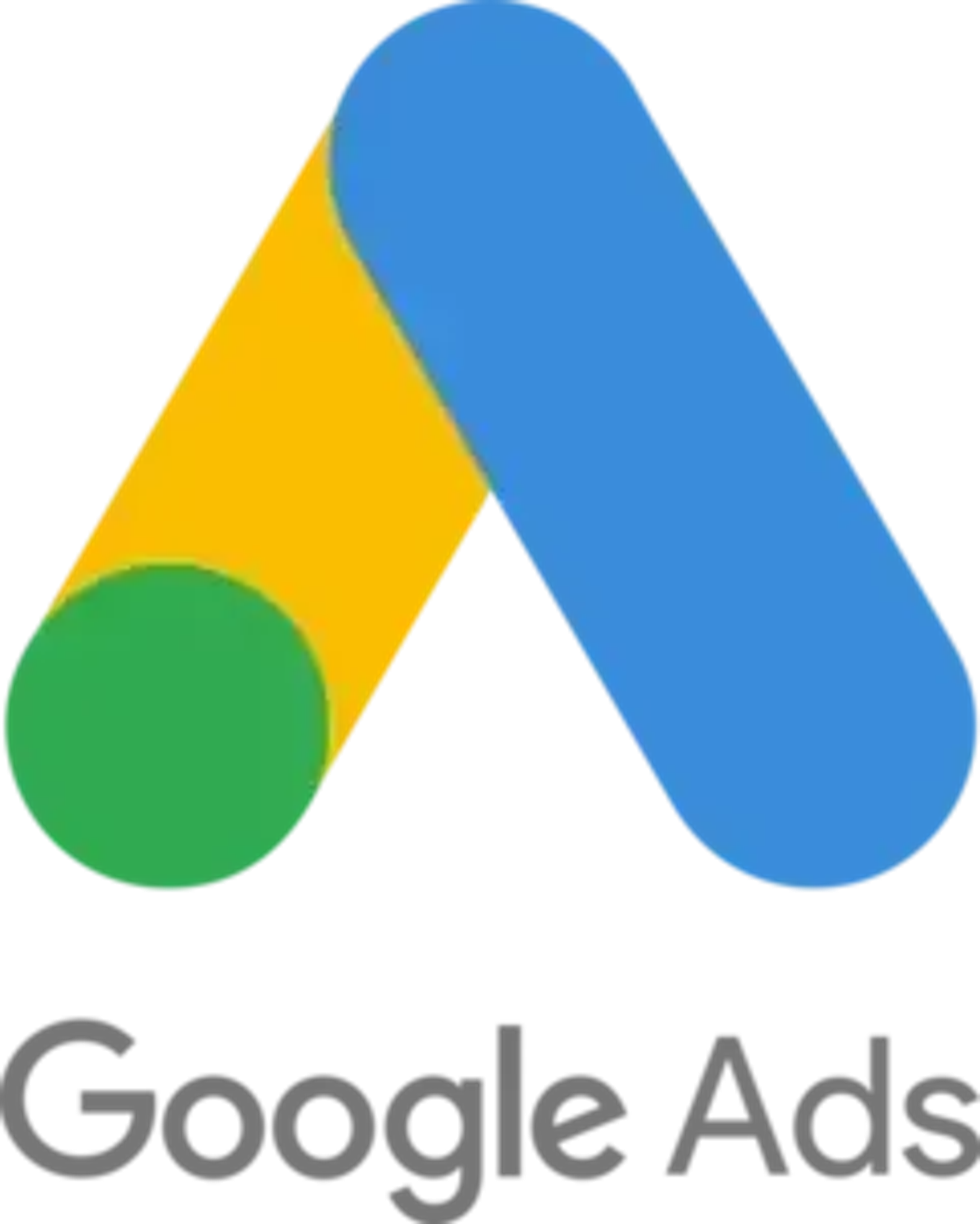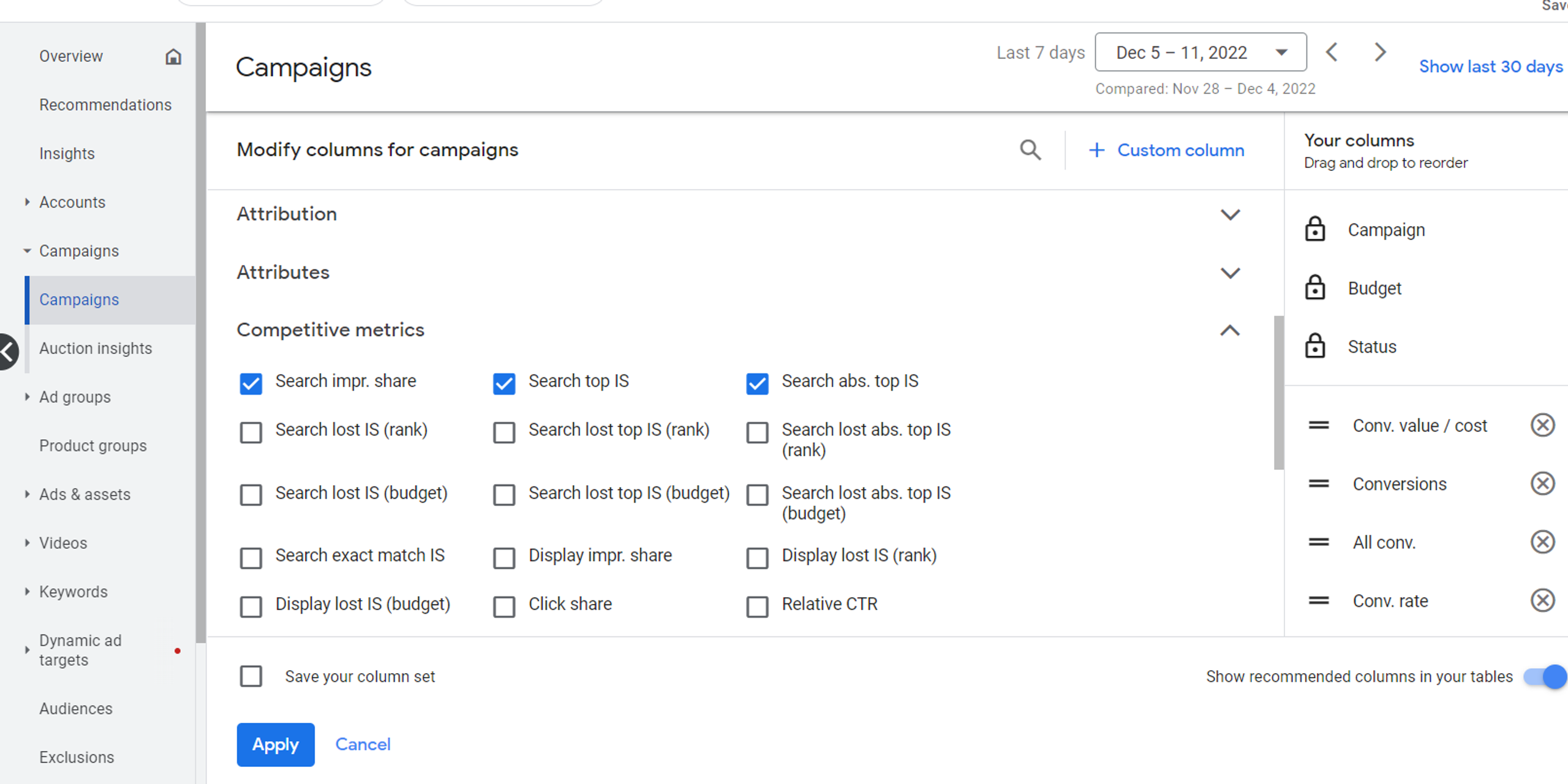Introduction
Want to evict your competitors off your rightful property on Google's search results page? We are about to tell you how to do that using a target impression share bidding strategy.

Did you know that every time you search for something on Google, an invisible battle between ads occurs, the winners of which are presented before you? Well, now you know. Understanding the rules of this battle and how to stack the odds in favor of your champion(your ad) is how you make your marketing effective and efficient. In this article, we’ll tell you everything you need to know about impression share, target impression share bidding strategy on Google Ads, and how to use all those things to your advantage. But first, let’s clarify some things to avoid further confusion.
What is impression share?

Continuing our ad battle analogy, this is your ad’s win rate on Google Ads. Every instance of an ad being shown in response to a certain keyword is called an impression. The percentage of impressions that are yours is your impression share. You get this by dividing the number of times your ad was shown by the total number of ads shown in response to the keyword you are targeting. For example, if your ad was shown 400 times while being eligible for 1000 impressions, your impression share is at 40%.
Google decides which ad gets shown to the user through an auction model, albeit a slightly rigged one. The way this works is, the higher an ad’s Quality Score, the lower the bid it needs to achieve the same results as a different ad with a lower Quality Score. In other words, a high Quality Score allows you to achieve a higher impression share with fewer investments.
Why is search impression share important?
Is the thought of blindly throwing money around and hoping it works appealing to you? Understanding how impression share works is how you avoid that. This metric allows you to precisely gauge how many people your ad can reach with your current budget, how much impact increasing or decreasing it will have, and make educated strategic decisions based on that data.
What is top impression share?
Top impression share is the percentage of times Google Ads has shown your ad anywhere above the organic search results. In other words, this particular metric includes the instances of your ad being placed in the first, second, third, fourth and so on positions.
What is absolute top impression share?
This one only includes the instances when your ad was shown in the very first position. Naturally, this number will be lower than your top impression share. Do not be discouraged, though. It is entirely normal for this metric to look unimpressive, and trying to increase it can often be counterproductive. Keep reading and we’ll tell you why.
What is target impression share bidding strategy?

This is one of Google's automated bidding strategies which, as the name implies, aims to increase your impression share. Utilizing it, you can set your budget, the impression share you want to achieve, the place on the search results page(SERP) you want your ad to appear on, and let Google do its magic for you.
Do keep in mind, though, that this ‘magic’ is not omnipotent and does not work for you alone. Just like any other automated bidding strategy, target impression share bidding requires thorough research and understanding of what exactly you want from it in order to get results.
Generally, this bidding strategy is particularly beneficial for businesses that put a lot of emphasis on their brand.
What is search lost impression share?
Impression share is a percentage of times your ad has been shown to the user when it was eligible to be shown.
Lost impression share is the exact opposite: it tells you how often your ad was not shown in google search results when it could. Now, this metric would have been very simple, if it wasn't broken down into two subtypes: impression share lost due to budget, and impression share lost due to rank.
Impression share lost due to budget is rather self-explanatory. After a certain number of successful auctions, your daily budget is reduced to a point that you can no longer place bids and therefore, lose any subsequent auctions. The percentage of auctions lost this way is impression share lost due to budget.
Impression share lost due to rank - this indicates the percentage of auctions you have lost due to low ad rank. Google Ads calculates your ad's ad rank by comparing your bid and your ad's Qualiity Score to those of your competitors.
Now, you will probably think: "What is the difference, then? Both of those come down to lack of money." And, technically, you are right. However, there's a little catch.
Let's suppose you have a daily budget of 20$.
If you set the maximum bid to 5$ and use it to easily outbid everyone in the first 4 auctions of the day, you will lose every auction that comes after them due to having no more budget to spend. All of those losses will amount to impression share lost due to budget.
With a maximum bid of 2$, on the other hand, you will probably lose some auctions before you get your first impression of the day. Those would be contributing to your impression share lost to rank. However, as long as you use up your daily budget, you will be getting a bigger impression share than you would if you were bidding higher.
Therefore, a proper understanding of those two metrics and the way they correlate with each other is vital in optimizing your bid strategy.
Getting impression share on your side

Now that we’ve outlined the basic terms we’ll be working with, it’s time to address the real question, the reason why you are reading all of this in the first place: How to optimize your impression share in a way that will be beneficial to your marketing campaign? And the first logical question that stems from this one is:
What is a good impression share?
In a perfect world, your ad is the one and only ad the users see. In a perfect world, they immediately click it and fill their shopping cart with heaps of products with the highest profit margins, adding even more money to the infinity you already have.
This, however, is not a perfect world.
As tempting as a 95% impression share might be, it might simply not be worthwhile to target with the amount of money it would cost. Very often, something like 80% or even lower can be viewed as a reasonable impression share. The law of diminishing returns is very strong here.
What could be considered a good impression share is also highly dependent on the keyword you are targeting and your ad’s Quality Score.
For example, it will be easier and therefore more reasonable to pursue a high impression share for a keyword that is your company’s or your unique product’s name than trying to do the same for a product that both you and your competitors offer.
To put it short, the exact piece of the cake you should be going for depends on your budget, goals, and the quality score your ad can realistically achieve compared to your competitors. If you have infinite money, though, feel free to ignore this and go straight for a 100% impression share.
For brand search campaigns(target impression share strategy campaigns that target a specific brand name) that target your own brand, however, 90% is the bare minimum that you should be going for. Do keep in mind, though, that depending on who exactly is trying to compete with you here, you might not be able to outbid them even despite having an advantage in Quality Score(which you should have, seeing as the keyword is your brand name). Some people do have bottomless coffers.
How to check my impression share?

In order to access the impression share data of your ongoing ad campaigns, log into your Google Ads account, go to 'Campaigns' and select competitive metrics under the 'Columns' section, then hit 'Save'. At this point, you should be able to see the impression shares of your active campaigns on your screen. We are hoping it is a pleasant sight.
How to improve your impression share
Whatever the numbers you just saw said, there's one thing we can state for sure about them: they can be higher. Let's find out how.
Increase your budget
Remember what we said about lost impression share? Well, sometimes the easiest way to solve a problem is to throw money at it. If you are seeing a lot of impression share lost due to budget, increasing it should bring in immediate results.
Increase your bid
Same as above, if your numbers of impression share lost due to rank are looking a little high, one way to improve that is by raising the bid.
Increase your ad's Quality Score
Another way to make your ad win more auctions, and one that does not necessarily involve money. However, unlike with bid size and budget, the growth ceiling here can be limited. Still, it is generally a good idea to ensure your ad's Quality Score is as high as it can be before trying other solutions.
Take a look at your targeting
One of the most common reasons for an underwhelming impression share is either too broad or too narrow targeting. Improving on that, however, is not as easy as our previous suggestions. Scaling down your campaign to focus on a particular region or a group of people can, depending on your business, be more effective than trying to reach everyone, everywhere.
Check your keywords
Another factor that contributes to the total number of impressions your ad is eligible for is the keywords you are targeting. Using keywords that are too broad will mean more competition and higher bid prices for impressions that might be less relevant to your audience. Keywords that are too narrow, on the other hand, will shrink the number of impressions your ad can get.
Also, do not forget to pay attention to negative keywords and keyword match types.
Summary
Even if your strategy does not specifically target them, impression share and its connected metrics are a great way to monitor the health and effectiveness of your campaigns.
We are hoping that this article was helpful in providing insight into impression shares and wish your Google Ads campaigns luck and success!
And if you want to really take them to a new level, you might want to consider our services.





